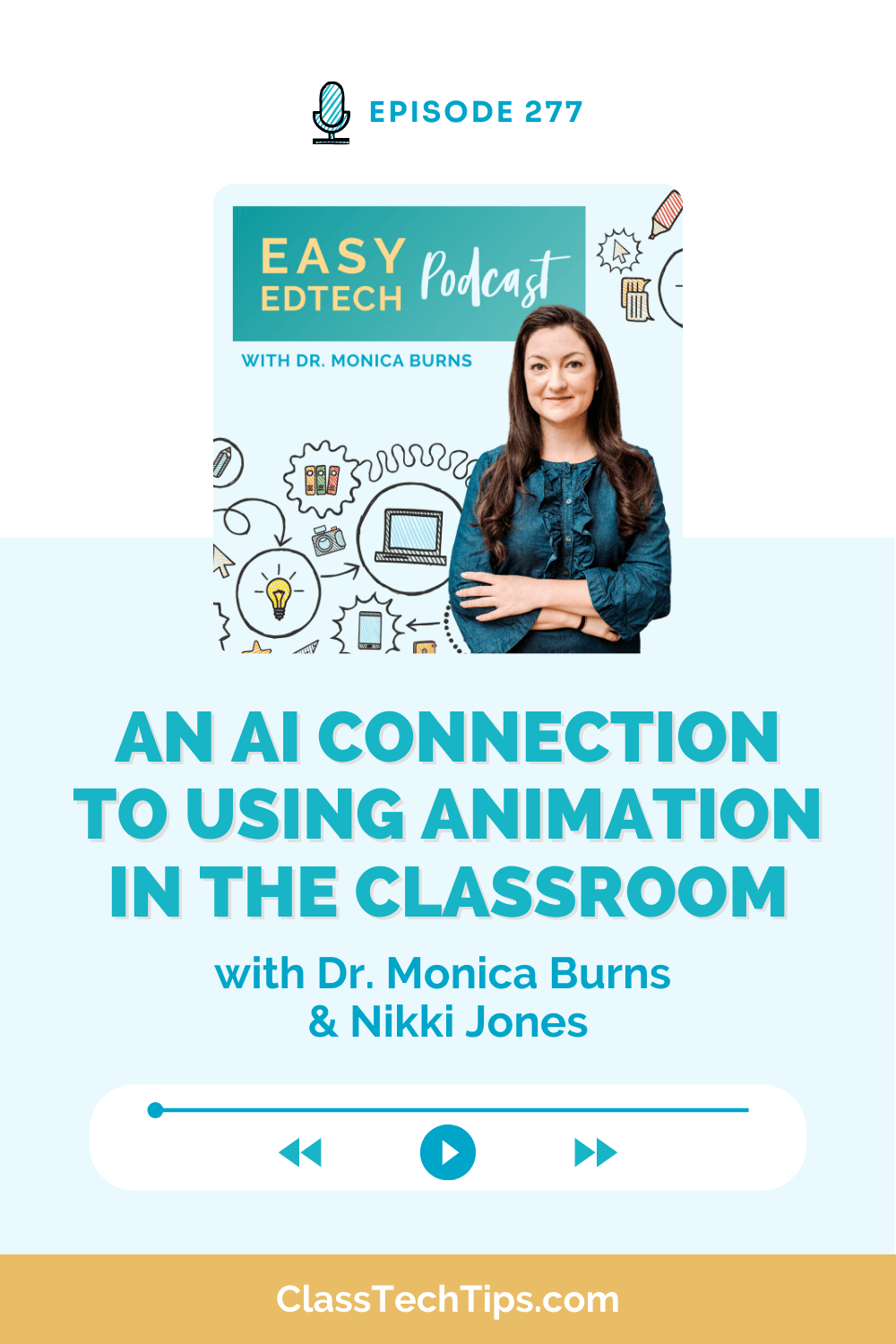How can you bring reading experiences to life for your students? There is an augmented reality magazine designed specifically with kids in mind. It’s called Brainspace, and it transforms short texts you find in a traditional magazine into interactive experiences for student readers.
Augmented reality is powerful in the hands of students! When combined with reading opportunities like a traditional print magazine, it can truly have content jumping off the page. In this blog post, I’ll take you through Brainspace and everything it offers student readers.
Use this link to learn about Brainspace magazine.
Augmented Reality Magazine for Kids
If you haven’t heard of Brainspace before, it is an augmented reality enhanced print magazine. Designed for students in third grade through eighth grade, it focuses on topics related to STEAM. (STEAM = Science, Technology, Engineering, the Arts, and Mathematics). I first got my hands on an issue of the magazine a few years ago, and the content is certainly impressive.
New issues of the print magazines are released each quarter of the year. Students can use the free Zappar app to access augmented reality experiences. This type of reading opportunity for kids is definitely one you need to see to believe. In the video above, you can watch as elements of text pop off of the page as an augmented reality app is held over each image.

How does an augmented reality magazine work?
After you get your hands on a print issue of Brainspace magazine, you’ll head over to Zappar to download the free app. If you’re new to augmented reality, essentially, the way it works is for students to hold a device on top of a print experience with the app and camera open. Then that image comes to life through their screen. In this case, Brainspace magazine’s content acts as trigger images, and each cover comes to life and content throughout the magazine.
Although there is a “wow factor” worthy of consideration in this resource, it can also help students tackle challenging texts and concepts. In addition to providing a highly engaging experience, it can help students wrap their heads around concepts that might be hard for them to imagine without this other media-rich experience.
Print and Digital Reading
Students can have a more traditional experience reading a print text full of informational articles. But at the same time, they can interact with the content in a way that’s not possible without this an extra layer of augmented reality of content. Your students can access a digital version of the magazine, but the print version is where the exciting augmented reality experience happens for student readers.

Regular readers of the blog know how much I love to make reading experiences meaningful for students. So I’m always on the hunt for strategies that can help students make meaning of the text. Just last year, Pam Allyn and I released a quick reference guide for ASCD to engage students in reading all text types. This augmented reality magazine is a type of reading material perfect for engaging students in conversations around the text. It can also help them make connections to experiences they’ve had off the page.
Try Out Augmented Reality
Ready to try out an augmented reality experience for your student readers? Brainspace releases new issues of their magazine each quarter. You can use both IOS and Android devices to access the augmented reality experience for students. Use this link to learn more, and order a copy of the magazine. Or call this number for more information on bulk orders for your school community.
Note: You can also use this link to access sample pages of the magazine. This will let you try out the augmented reality experience before the magazine’s next issue is sent your way.







